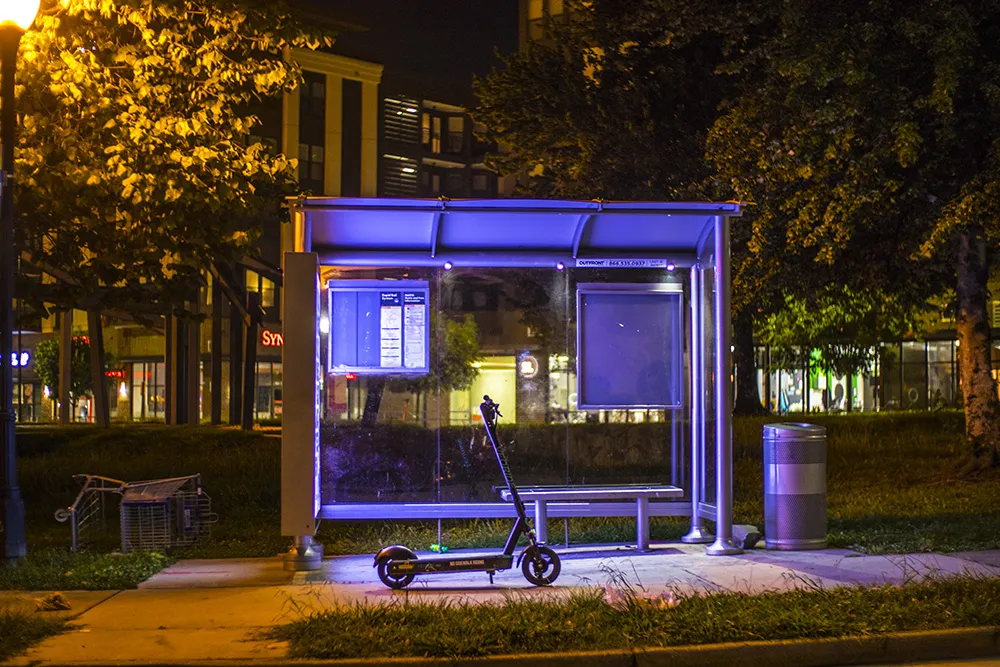According to a new market research report, Intelligent Transportation System Market by Roadway (Hardware, Software, & Services), Aviation Tool (Kiosk, Multi-User Flight Information Display, and Smart Gate System), Railway, Maritime, Protocol, Application, and Geography - Global Forecast to 2022", published by MarketsandMarkets, the ITS market size, in terms of value, is expected to grow from US436.10 billion in 2015 to US$63.66 billion by 2022, at a CAGR of 8.3 per cent between 2016 and 2022.
The major g
July 15, 2016
Read time: 2 mins
According to a new market research report, Intelligent Transportation System Market by Roadway (Hardware, Software, & Services), Aviation Tool (Kiosk, Multi-User Flight Information Display, and Smart Gate System), Railway, Maritime, Protocol, Application, and Geography - Global Forecast to 2022", published by 6418 MarketsandMarkets, the ITS market size, in terms of value, is expected to grow from US436.10 billion in 2015 to US$63.66 billion by 2022, at a CAGR of 8.3 per cent between 2016 and 2022.
The major growth drivers for the ITS market include the rising concern for the safety of drivers and pedestrians, increasing allocation of funds by various governments to promote ITS and growing environmental concerns.
The road transportation mode is expected to hold the largest share of the intelligent transportation system market between 2016 and 2022 owing to increasing concern for the safety of drivers and pedestrians. Intelligent transportation systems can deliver important safety benefits and also help solve various road safety problems through communication between these systems and road users. ITS-based applications such as real-time traffic alerts, collision avoidance, anti-lock braking, lane departure, and crash notification systems principally focus on offering safety.
Commercial vehicle operation (CVO) encompasses service and repair vehicles, private buses and taxis, and trucks. The monitoring and information system in CVO helps a driver find safe routes and track the total travel time, in addition to enabling the owner to monitor the vehicle. The increasing demand for the expansion of transportation networks and growth in the logistics sector are key reasons for the growing demand for commercial vehicle operation systems.
North America held the largest share of the intelligent transportation system market in 2015 because of the presence of many key companies in the ITS market expanding their production and distribution across North America. Also, the various infrastructural initiatives taken by the government are expected to drive the ITS market in this region.
The major growth drivers for the ITS market include the rising concern for the safety of drivers and pedestrians, increasing allocation of funds by various governments to promote ITS and growing environmental concerns.
The road transportation mode is expected to hold the largest share of the intelligent transportation system market between 2016 and 2022 owing to increasing concern for the safety of drivers and pedestrians. Intelligent transportation systems can deliver important safety benefits and also help solve various road safety problems through communication between these systems and road users. ITS-based applications such as real-time traffic alerts, collision avoidance, anti-lock braking, lane departure, and crash notification systems principally focus on offering safety.
Commercial vehicle operation (CVO) encompasses service and repair vehicles, private buses and taxis, and trucks. The monitoring and information system in CVO helps a driver find safe routes and track the total travel time, in addition to enabling the owner to monitor the vehicle. The increasing demand for the expansion of transportation networks and growth in the logistics sector are key reasons for the growing demand for commercial vehicle operation systems.
North America held the largest share of the intelligent transportation system market in 2015 because of the presence of many key companies in the ITS market expanding their production and distribution across North America. Also, the various infrastructural initiatives taken by the government are expected to drive the ITS market in this region.









